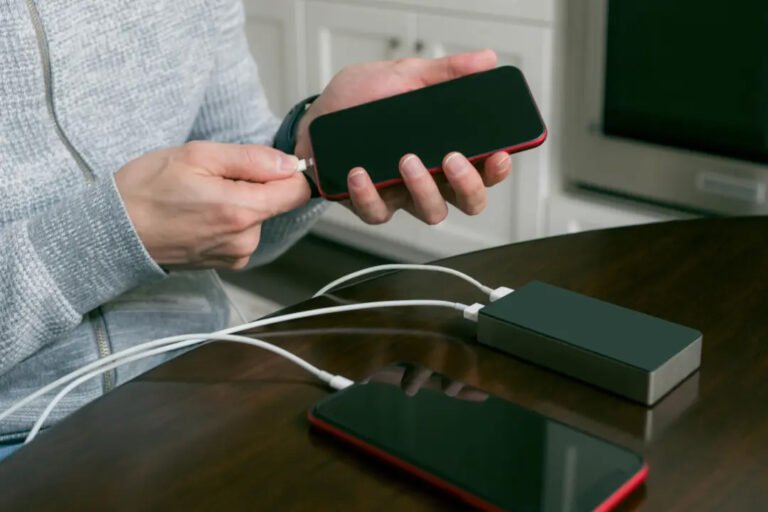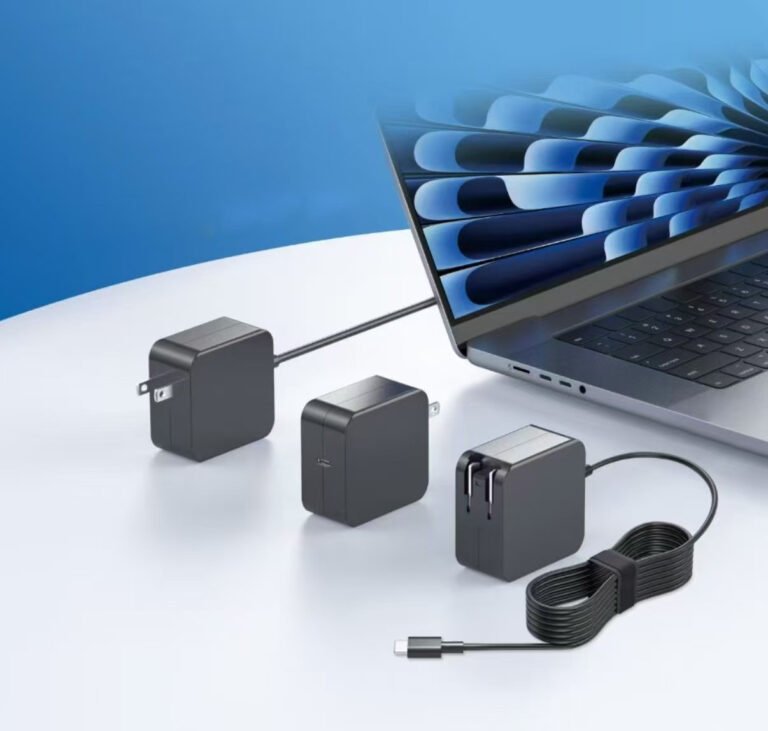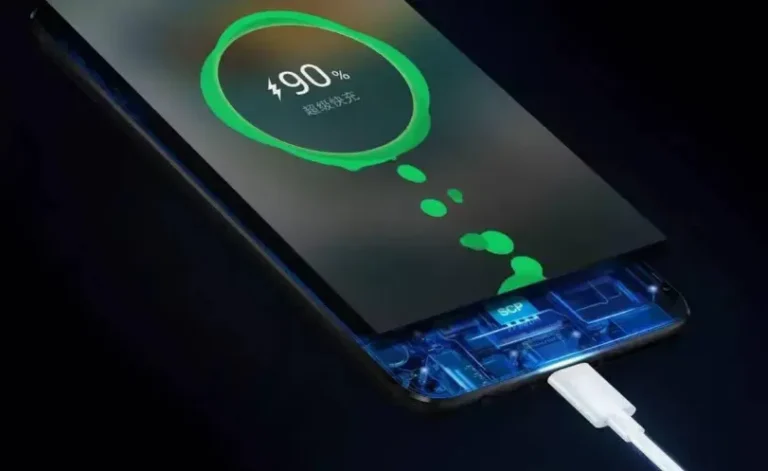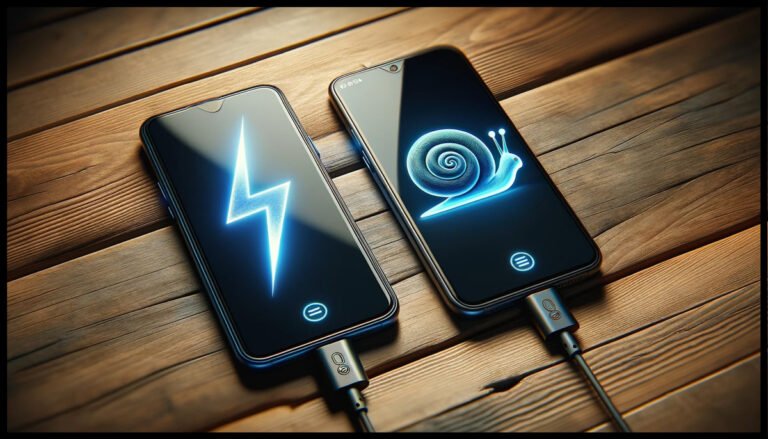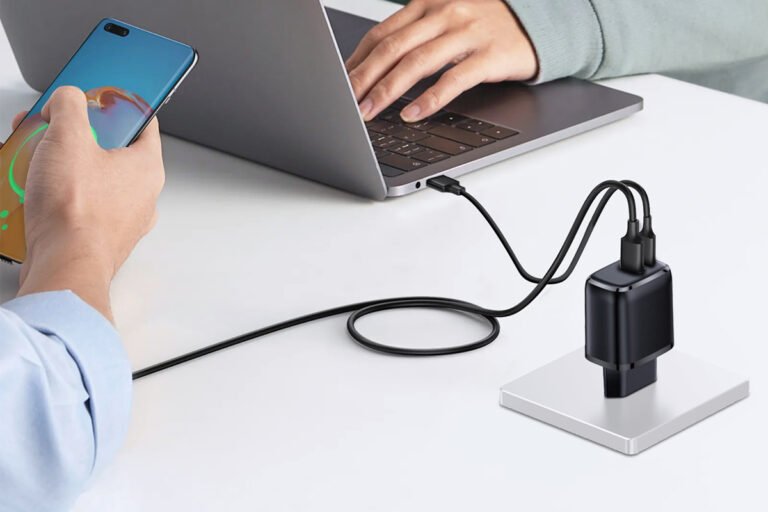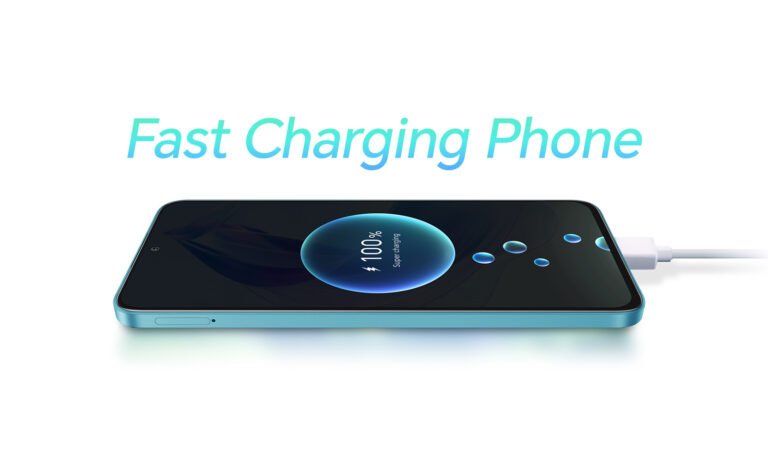Fast charging has long been a standard feature of the Android mobile phones, but Apple’s fast charging technology is like a “hide and seek” game – it is clearly supported but rarely advertised, resulting in many users still not knowing whether their iPhone can be fast charged, and even wasting money on buying the wrong accessories. This article will reveal all iPhone fast charging models, activation conditions and pitfall avoidance guides to help you say goodbye to slow charging!
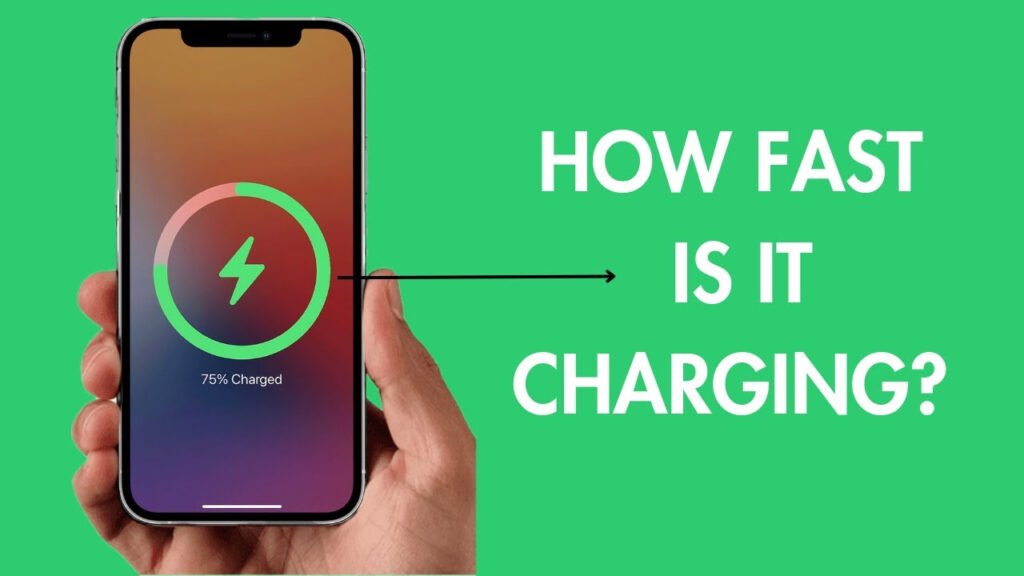
Which iPhones support fast charging? What are their differences?
Apple began to introduce PD fast charging technology from the iPhone 8/iPhone X in 2017, but the power of different models varies significantly:
Early models (2017-2020):
iPhone 8 series, iPhone X/XS/XR, iPhone 11 series: support up to 18W fast charging.
Actual performance: Charges to 50% in 30 minutes, but you need to purchase a fast charging head and Type-C to Lightning cable.
Mid- to late-stage models (2020-2024) :
iPhone 12 series: supports 20W fast charging and requires a 20W or higher PD charging head.
iPhone 13 series: The peak power of the Pro Max model reaches 27W, and the regular version is about 23W.
iPhone 14/15 series: continues to use the 20W-27W solution, with MagSafe wireless charging up to 15W.
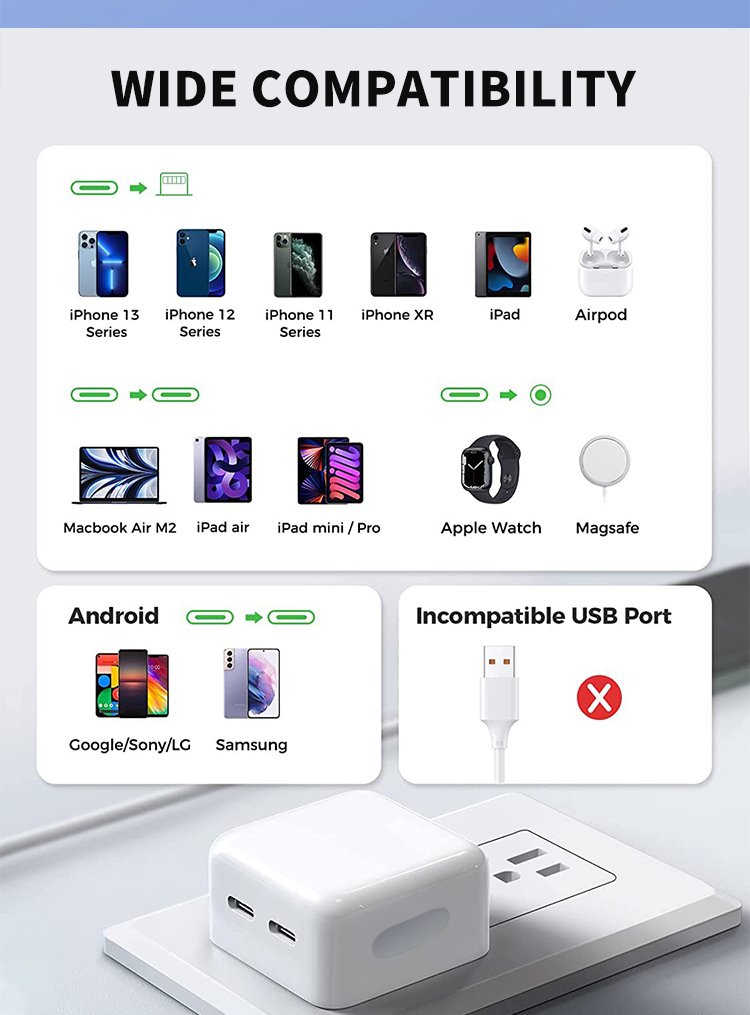
Latest flagship (2024-2025):
iPhone 16 entire series: nominal 45W wired fast charging (actual peak 39W, stable 27W), MagSafe wireless charging increased to 25W.
iPhone 16e: Supports 29W wired fast charging, but only 7.5W wireless charging, positioned as cost-effective.
Five necessary conditions for activating fast charging
Even if your iPhone supports fast charging, it may still charge at a snail’s pace if you ignore the following details:
Charging power and protocol:
Wired fast charging: You must use a USB-C charging head with PD protocol, with a power ≥ 18W (iPhone 12 and above require ≥ 20W, iPhone 16 recommends 30W).
Wireless fast charging : MagSafe needs to be paired with a ≥30W charging head (iPhone 16 series), and older models require ≥20W.
Cable types:
Wired fast charging: iPhone 15 and before require a Type-C to Lightning cable, iPhone 15 and later models directly use a USB-C cable.
Wireless fast charging: Only MagSafe chargers support high speed, and third-party Qi protocol devices generally only support 7.5W.
Power and temperature limits:
Optimal fast charging range: The speed is fastest when the power is below 50%, gradually decreases from 50% to 80%, and enters trickle protection after 80%.
Temperature requirement: Overheating or overcooling of the device will trigger a speed reduction. It is recommended to avoid high temperature environments when charging (such as charging while playing).
System and Accessory Compatibility:
Although some third-party charging heads are rated at high power, they may not be able to activate fast charging if they are not MFi certified.
Test verification method:
30-minute test: Charge when the battery level is below 20%. Fast charging takes effect when the battery level reaches 50% within 30 minutes.
Current detection tool: Use a power meter or a power bank with a screen display to monitor the output power in real time.
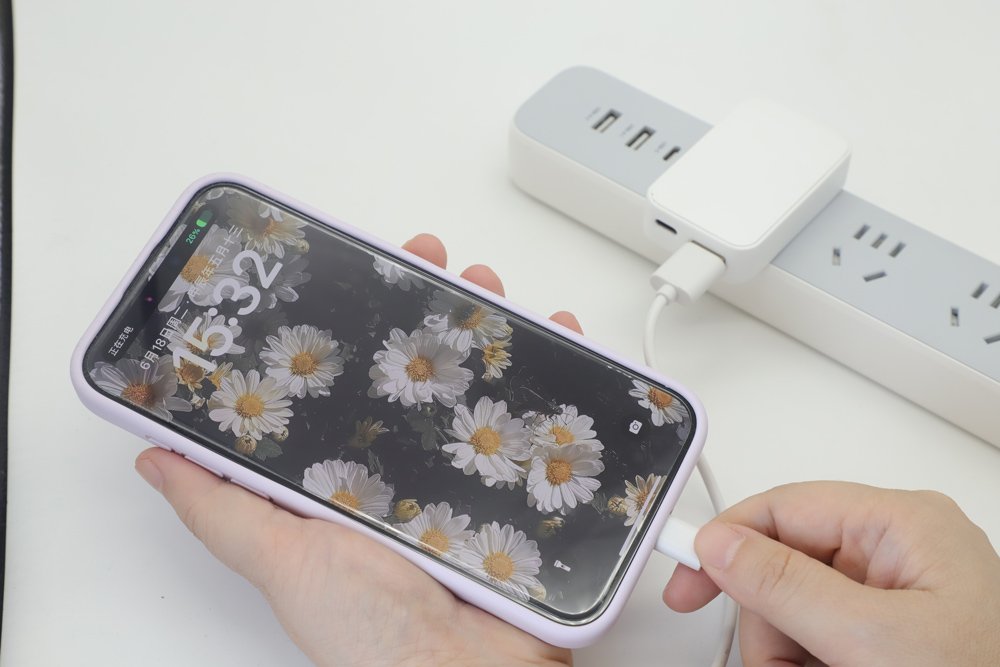
Common Misunderstandings and Pitfalls
Misconception 1: The higher the power of the charging head, the better?
The truth: The iPhone will limit the input power. For example, when a 140W MacBook charger charges an iPhone 16, the actual power is still limited to 45W, but the high-power head can leave room for compatibility with multiple devices.
Myth 2: Wireless charging is more convenient?
The truth: MagSafe wireless charging efficiency is only half of that of wired charging (iPhone 16 wireless 25W vs wired 45W), and it generates more heat. It is suitable for fragmented charging, and wired charging is preferred in non-emergency scenarios.
Tips to avoid pitfalls:
Reject the “inherited 5W head”: Even if the iPhone 16 supports 45W, it still takes 4.5 hours to fully charge with a 5W head. It is strongly recommended to upgrade.
Choose third-party accessories carefully: Non-PD protocol charging heads (such as old OPPO/Vivo models) may only support 7.5W. You need to confirm the protocol compatibility before purchasing.
The future: Can iPhone fast charging get even faster?
According to supply chain information, the iPhone 17 series may support 35W wired fast charging, and MagSafe wireless charging may be upgraded simultaneously. Although the Android mobile phones have entered the 100-watt era, Apple’s conservative strategy on safety and battery life may gradually reduce the fast charging power.
Fast charging is not a mystery, but a precise combination of hardware and accessories! After reading this article, quickly check your iPhone model and charging equipment, and don’t let slow charging drag down your efficiency!

